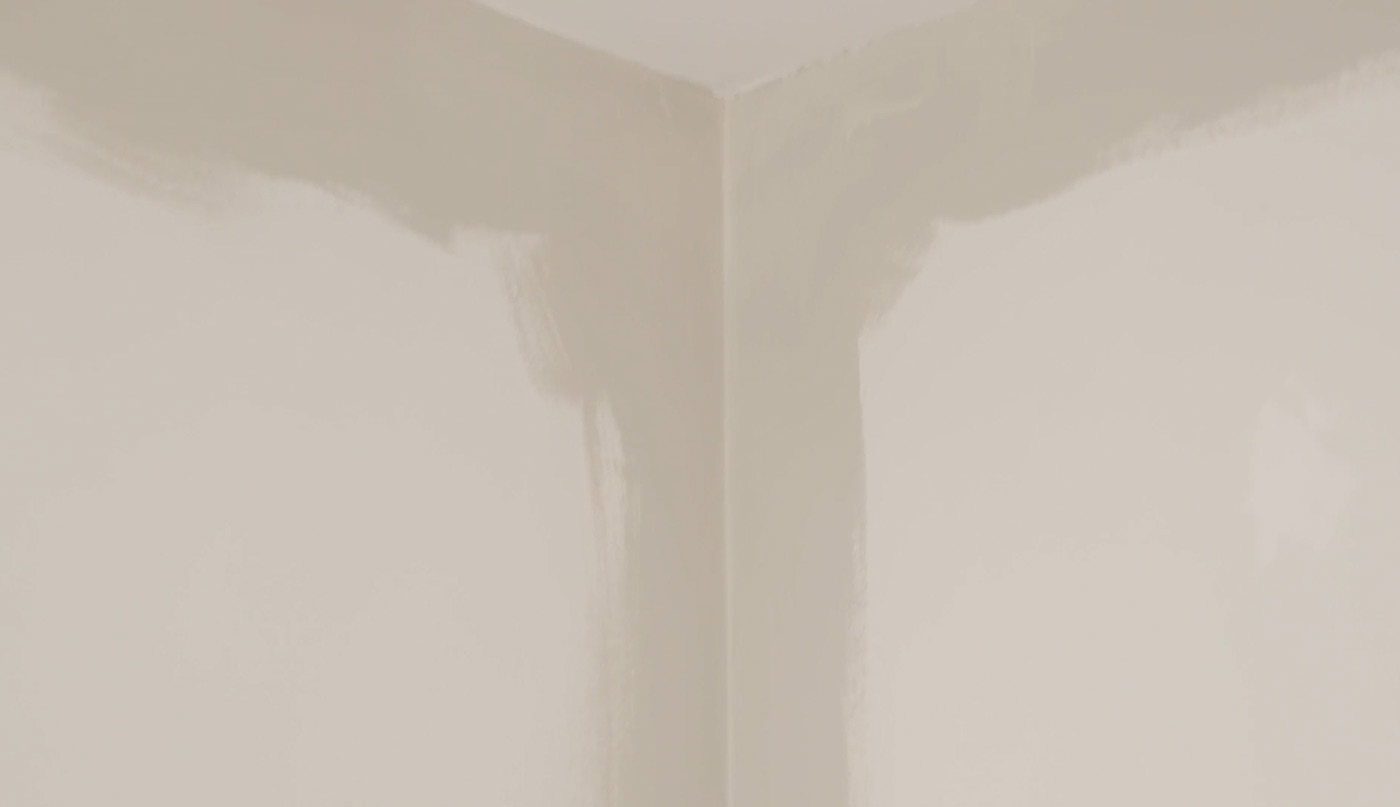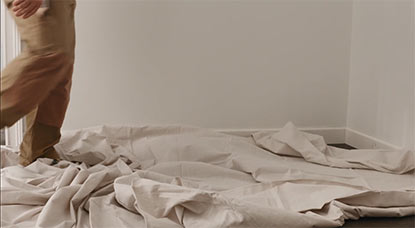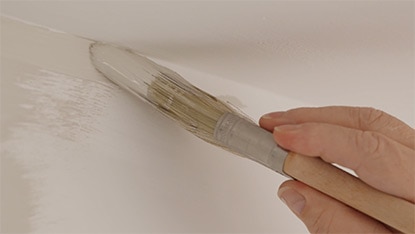"Having the right tools for the job is essential, then it all comes down to how much pressure is applied to the bristles when cutting in. Leverage the straight or angled edge of the brush with the right amount of pressure and you'll be able to apply more paint to the wall per dip, which typically equates to straighter lines and better outcomes."
This tip was given by a Los Angeles painter professional at Precision Painting Plus







